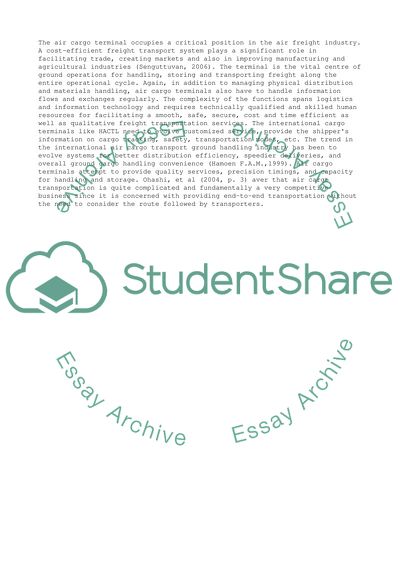Cite this document
(The Hong Kong Air Cargo Terminals Ltd or HACTL Research Paper, n.d.)
The Hong Kong Air Cargo Terminals Ltd or HACTL Research Paper. Retrieved from https://studentshare.org/business/1736662-strategic-management-hong-kong-air-cargo-terminals-limited
The Hong Kong Air Cargo Terminals Ltd or HACTL Research Paper. Retrieved from https://studentshare.org/business/1736662-strategic-management-hong-kong-air-cargo-terminals-limited
(The Hong Kong Air Cargo Terminals Ltd or HACTL Research Paper)
The Hong Kong Air Cargo Terminals Ltd or HACTL Research Paper. https://studentshare.org/business/1736662-strategic-management-hong-kong-air-cargo-terminals-limited.
The Hong Kong Air Cargo Terminals Ltd or HACTL Research Paper. https://studentshare.org/business/1736662-strategic-management-hong-kong-air-cargo-terminals-limited.
“The Hong Kong Air Cargo Terminals Ltd or HACTL Research Paper”, n.d. https://studentshare.org/business/1736662-strategic-management-hong-kong-air-cargo-terminals-limited.


